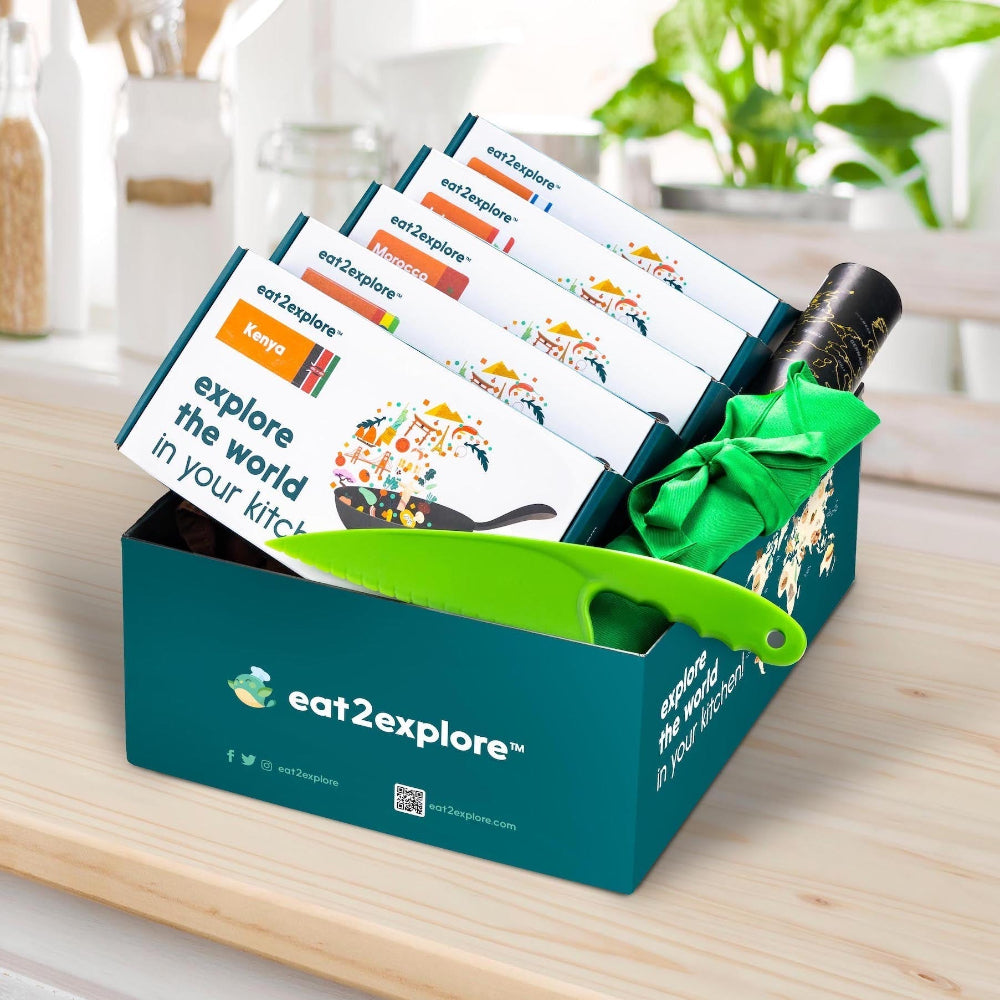Since we have computers and phones now, this tradition is become something of a lost art. People don’t “sit down to write a letter” much anymore.
The Written Language
Humans have been using written language since at least 3500-3000 BC.

The earliest form of capturing language began in Egypt with pictographs (called hieroglyphs), which are exactly what they sound like: pictures of things. Each picture could represent a word, a letter, or a sound. As you can imagine, this made translation difficult.
Of course, when these hieroglyphs, which means "sacred carvings", were carved onto walls, people had to go to the location to read the message. Not a very convenient method for sending information!
Even when the images were carved onto portable clay tablets so they could be carried around, the pictographs had a limited “vocabulary.” Images of a house, a child, and a river could mean many things.
How Pictures Became Writing
In Sumer, a country in southern Mesopotamia between the Tigris and Euphrates rivers (where modern-day Iraq is located,) the scribes understood how confusing picture-messages could be.
The Sumerians had already solved this problem by turning their pictographs into symbols that represented sounds of the language and included small marks to represent syntax, or a way to order words to make sense.
So the symbols meaning house, child, and river could be shown as clearly talking about the child going to the river to get water for the house.

These symbols and marks, called cuneiform, could be used to convey more complex information and ideas. It was the first alphabet!
To use their new alphabet, the symbols were pressed into wet clay tablets with a type of reed tool called a stylus. The tool had a wedge-shaped end, and the word cuneiform means “wedge-shaped.” After the clay tablet dried, the information was permanent.
Unless someone dropped the tablet! Oops!

Clay tablets aren’t something that a person would send as a letter, though kings and pharaohs used them to convey messages.
Scribes would carve out the note and the tablet would need to dry. Then messengers would deliver it. Merchants also used the tablets to keep up with their inventory and how many goods they had sold.
Writing as a form of communication kept developing.
From Clay Tablets to Papyrus
As writing developed so did the material used for writing and what people wrote on. After all, carting around clay tablets isn’t a very efficient way to spread information either!
It’s believed that an ancient form of paper, called papyrus, was used in ancient Egypt as long ago as 3,000 BC.
The word papyrus is where we get the modern-day word paper. Papyrus was made from the papyrus plant which grows in marshy places along the Nile River.

They made the “paper” by putting two layers of papyrus together, at right-angles to each other, and then pressing the layers. A sticky gum released during the process is what held the layers together.
It’s a pretty similar process to how paper is made today.
Plus, rather than having to carve messages into clay, the scribes used a writing stylus and ink. Red and black inks, dating back to about the 26th century BC, were used to write on papyrus.
Papyrus was much easier to use than clay tablets and easier to transport. Plus, papyrus sheets didn’t break when they were dropped.

They couldn’t be folded, but they could be rolled. That’s where papyrus scrolls came from. The scribes bound sheets of papyrus together, end to end, to make a long sheet. Then they wrote on the scroll and rolled it up from both ends around wooden rods and sealed it with wax and an official stamp.
Chinese Pictographs
Before the Sumerians and Egyptians were marking clay tablets, the early Chinese scribes were carving and painting their pictographs onto bone and turtle shells.
These were marked with special symbols, then heated in a fire. As the bone and shell heated up, cracks would appear and “point” to certain marks. The scribes used these cracks to tell the future or predict the outcomes of wars or hunting expeditions.
The pictographs developed into a written script that could be used to send messages and keep up with trade and commerce, just like the Sumerian cuneiform. Around the 2nd century BC in the Qin Dynasty, scribes began to mark the characters on paper and bamboo.

The writing evolved into more than just boring business. Poets and artists painted the beautiful characters on bamboo and silk to describe the natural world around them, or to tell stories of interesting people.
With so much to say, is it any wonder people began to use alphabets and writing to capture their thoughts to send to friends and relatives?
Who Wrote the First Letter?
According to a Greek historian named Hellanicus, the Persian Queen Atossa wrote the first letter around 500 BC. Since that time, millions of letters have been written and sent, and a whole system of mail, post, stamps, sorters, and delivery people has grown and developed around the act of sending our written thoughts to another.
Way back in Roman times, the Emperor Trajan wanted his mail in a timely manner. He commanded his mail carriers, called “positus”, set up regular stations along the roads. This is where we get our word post.
From Papyrus to Paper
While reeds were a pretty good material for early writing, eventually all this scribing caused papyrus to be hoarded in the East. The West had to come up with a new kind of paper.
Early Western forms of paper such as vellum and parchment were made from animal skins, and the Saxons used bark from a beech tree. This bark was called boc, and that’s where we get the word book.
Then around the 10th century, someone figured out how to use cotton and linen to make paper. Since cotton is a hearty plant, it can be grown in many different places around the world.

Once paper and reliable writing instruments became widely available, and more people were taught to read and write, letter writing became a common practice.
From notes dashed off to be walked down the street to a friend to lengthy journal entries sent by ship to family members separated by oceans, letter writing was the main way for people to stay in touch.
Before the arrival of typewriters, telephones, cell phones, and email, handwritten letters were the only way to stay in touch!

People put many hours into the perfect construction of a well-worded letter and were proud of their excellent penmanship, or handwriting. They spent hours decorating their letters with sketches and fancy curled lines.
Letter-writing truly was an art form and shouldn’t be lost!
Celebrating a Lost Art
Communication across the miles, and even around the globe, has come an awful long way. Rather than waiting months to receive a letter, we can make a phone call, send a text, or an email.
Since they’re so rare, there’s something special and unique about sending or receiving a hand-written letter! How exciting to open the mailbox and find a surprise hiding among the bills and advertisements.
To keep this lost art alive, many cultures around the world have created special days to celebrate the handwritten letter.
- In Japan they have a letter writing week. Letter Writing Day is held monthly on the 23rd.
- World Letter Writing Day, started in 2014, is held on September 1st.
- The United States has December 7th as National Letter Writing Day.
You don’t have to wait for a holiday to put pen to paper and write a letter, though. Take a break from the digital world and craft a letter to someone special to you!
Why not celebrate the amazing history of writing by sending out a letter today? You can tell someone all about your adventures with eat2explore!








